Dairy Cattle
All Dairy Cattle Content
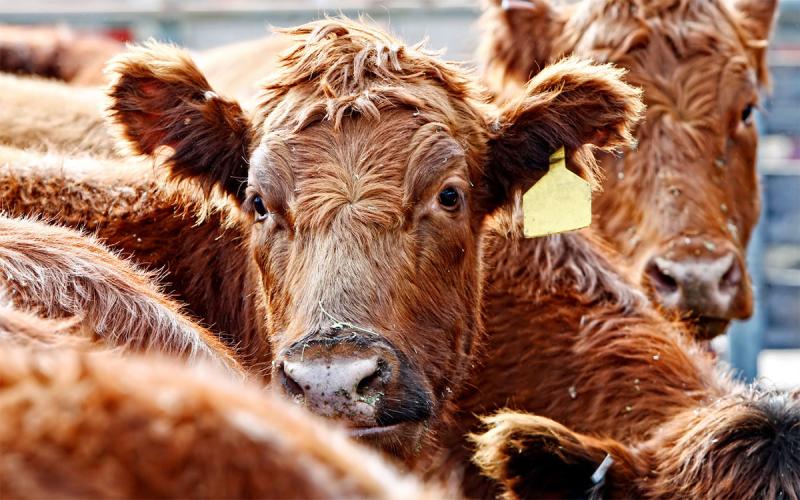
Livestock
South Dakota is home to a dynamic livestock industry.
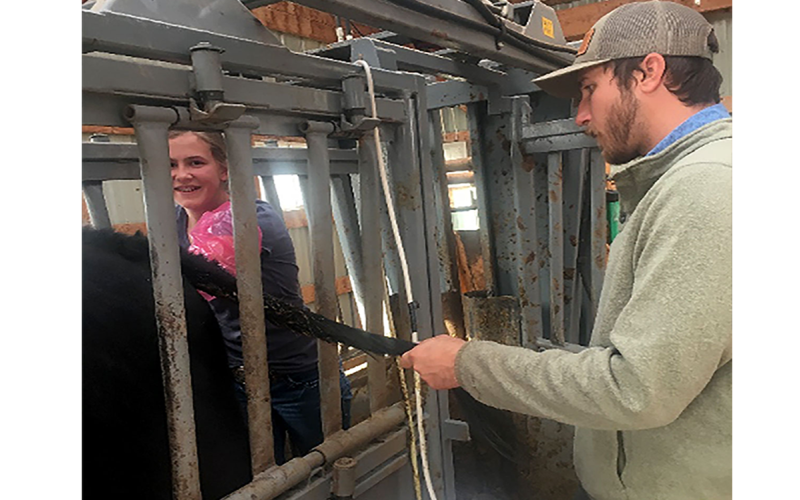
Artificial Insemination School
SDSU Extension offers Beef Artificial Insemination (AI) Schools that teach participants overall herd management for reproductive success and profitability during the 2.5-day schools.
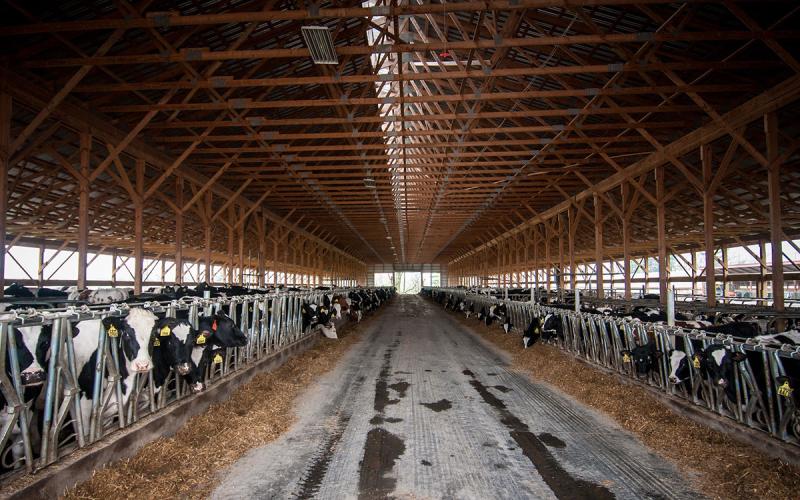
Dairy Production in South Dakota: Growth and Consolidation
Research has found continued growth in dairy production in South Dakota over the past two decades, with most growth concentrated in large operations in Eastern South Dakota, indicating a trend of consolidation with large farms in concentrated regions.
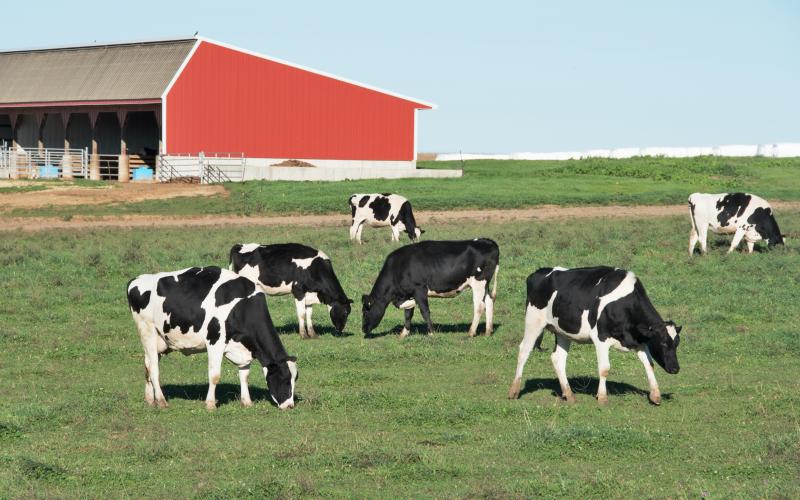
Dairy
As a member of the I-29 Moo University Collaboration, SDSU Extension connects South Dakota’s producers with peers and industry experts across a five-state region.
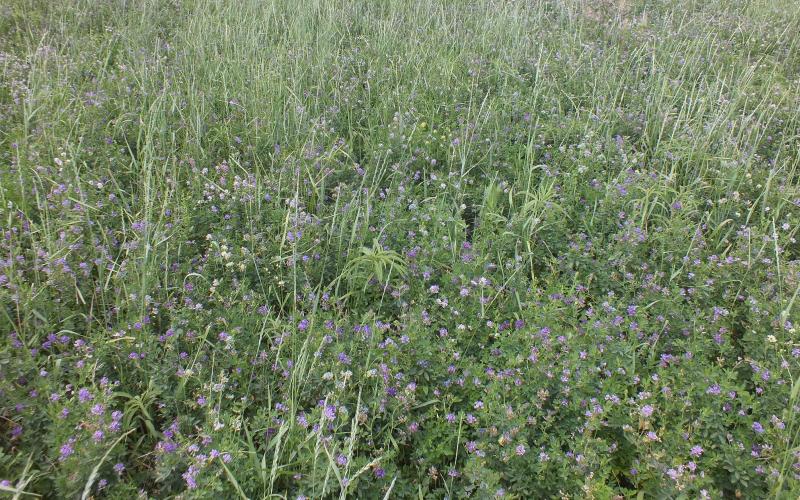
Nitrate QuikTest for Forages
The Nitrate QuikTest for Forages is available at various SDSU Extension locations and veterinary clinics across the state and is designed to be used with standing forages prior to harvesting for hay or grazing.
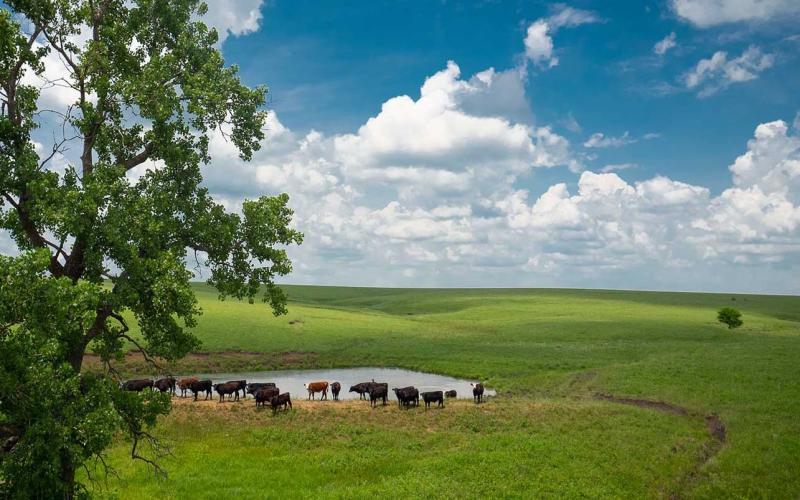
Livestock Water Testing
SDSU Extension offers on-site livestock water testing services at 33 locations across the state.
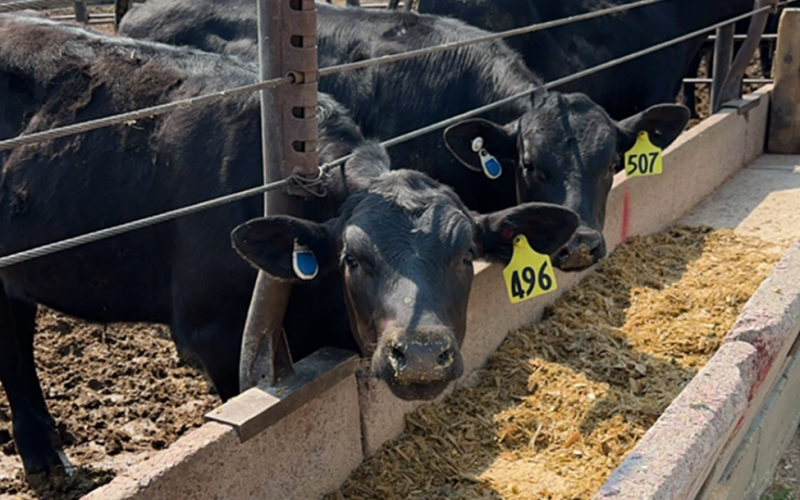
Dairy Beef Crosses in the Feedyard
Both feedlot producers and dairymen have a unique set of challenges along with opportunities when it comes to raising and feeding dairy beef cross animals.
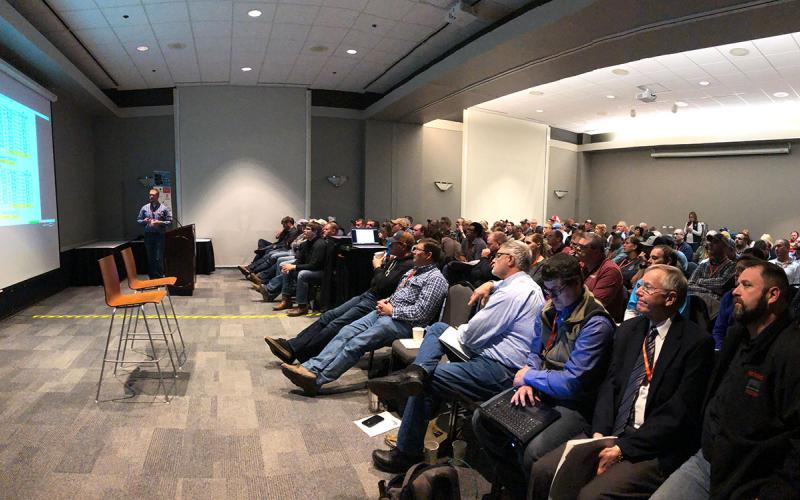
I-29 Moo University Dairy Beef Short Course is March 25
March 10, 2025
The 2025 I-29 Moo University Dairy Beef Short Course is from 9 a.m. to 3:15 p.m. CDT on March 25 at the Denny Sanford Premier Center.
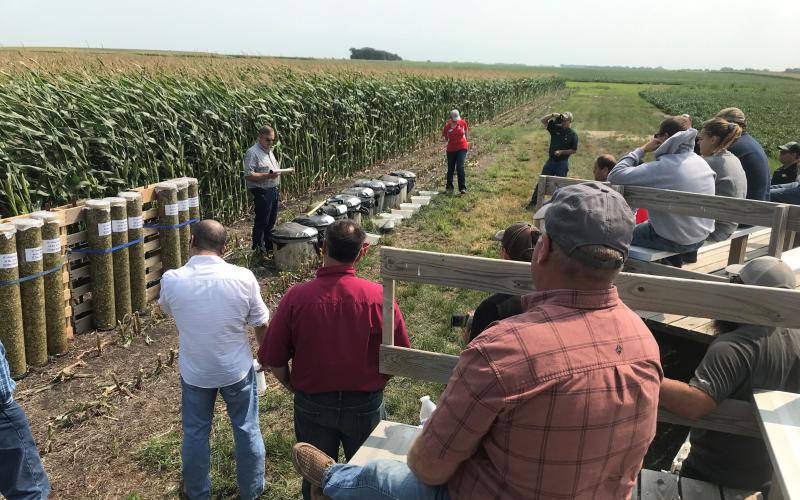
SDSU Extension co-hosting virtual Forage Field Day
August 02, 2024
Forage Field Day brings together experts, producers, and industry professionals to provide panel discussions and presentations on forage-related topics. Originally scheduled to be held in Concord, Nebraska, event organizers moved to a virtual-only event to accommodate a wider audience.
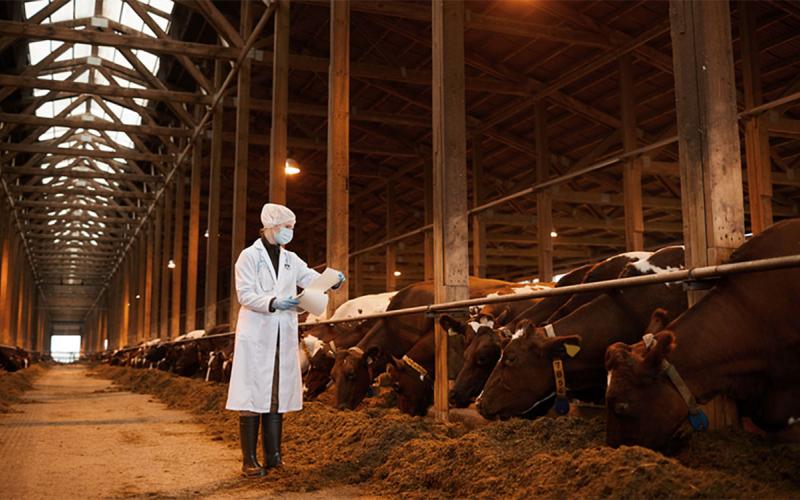
Avian Influenza Viruses in Dairy Cows: What is the role of biosecurity?
The recent finding of an avian influenza virus in dairy cows suffering from a previously unknown disease syndrome has brought attention to disease control and detection methods on dairy operations.